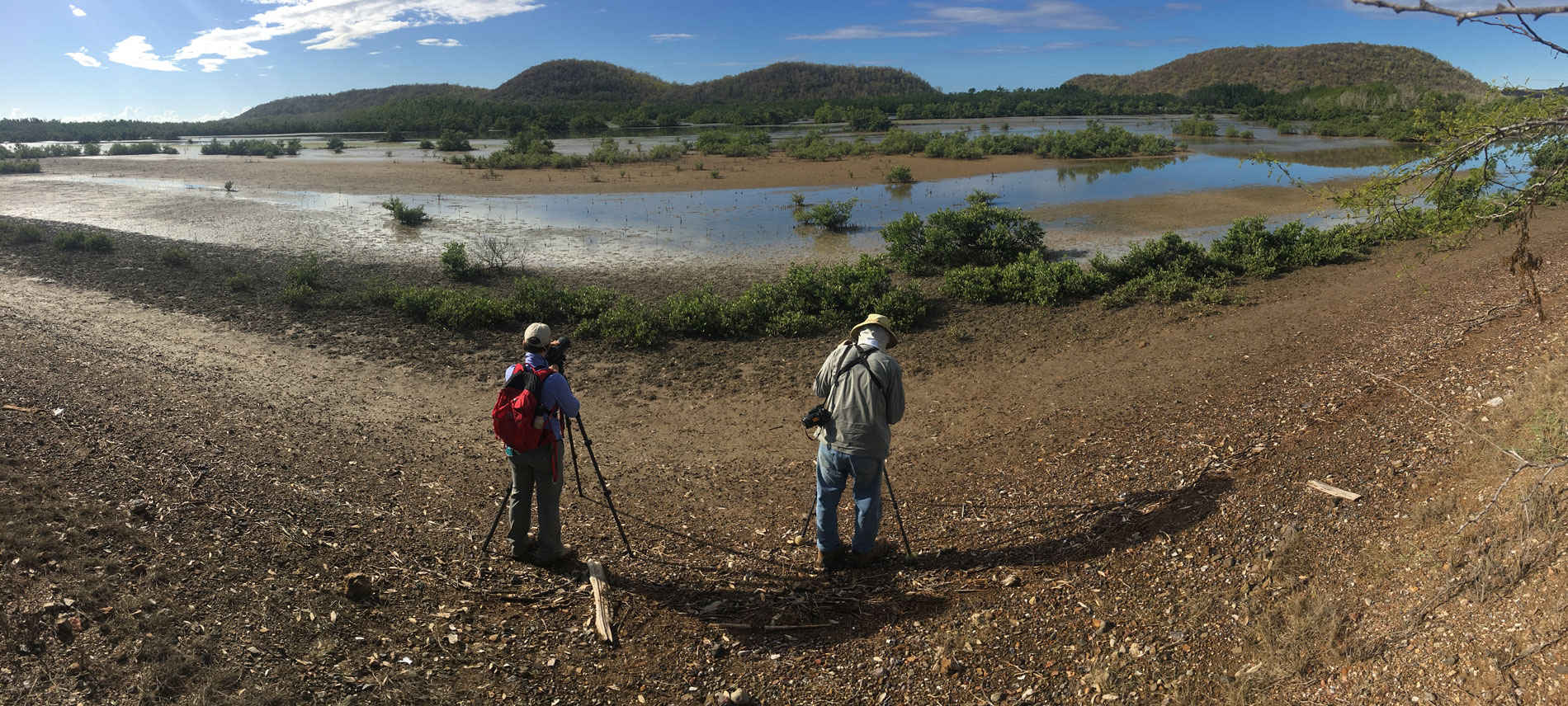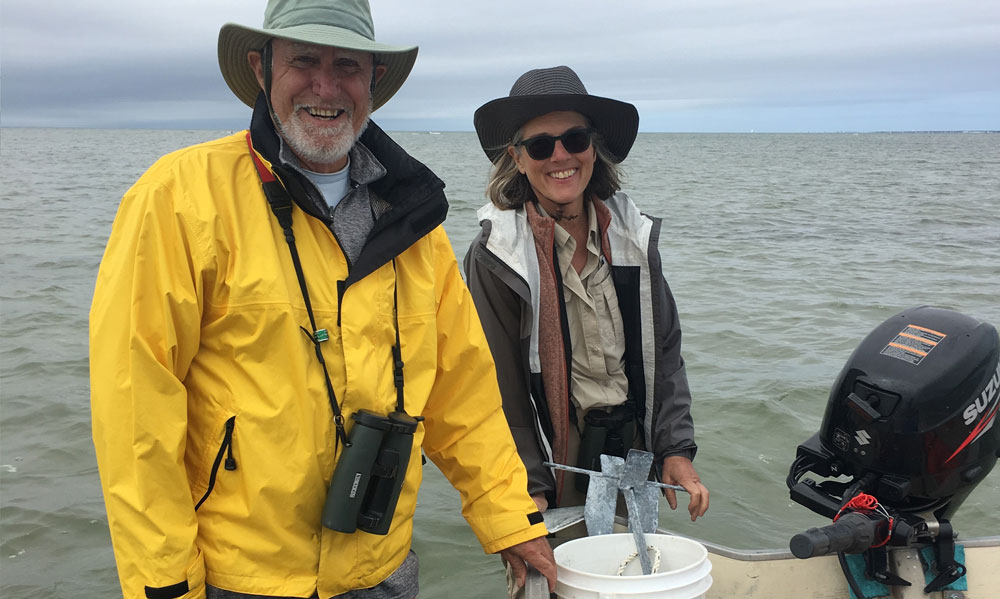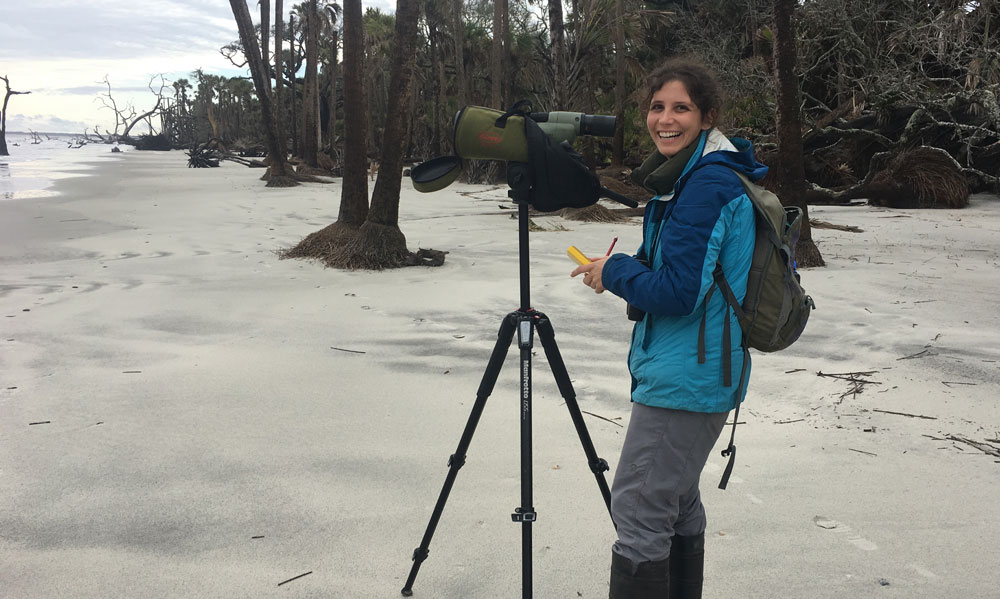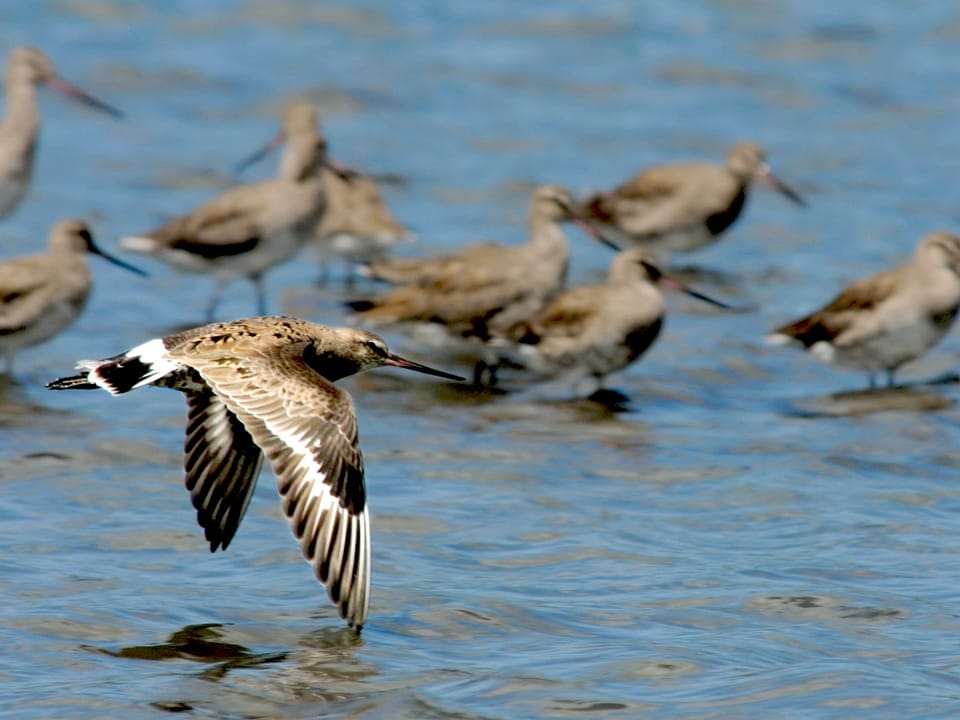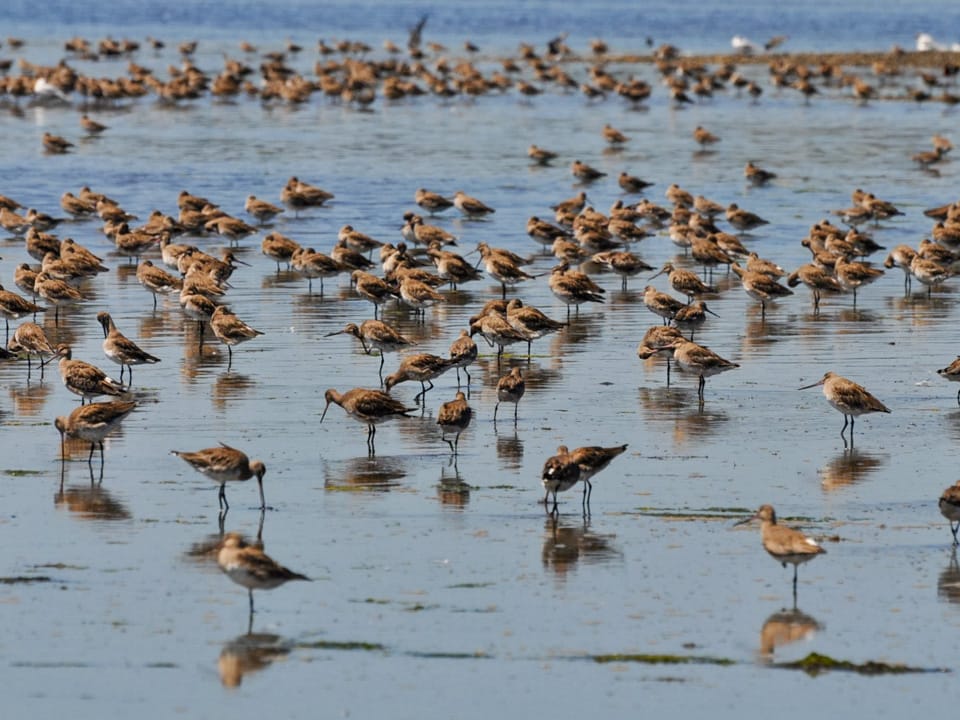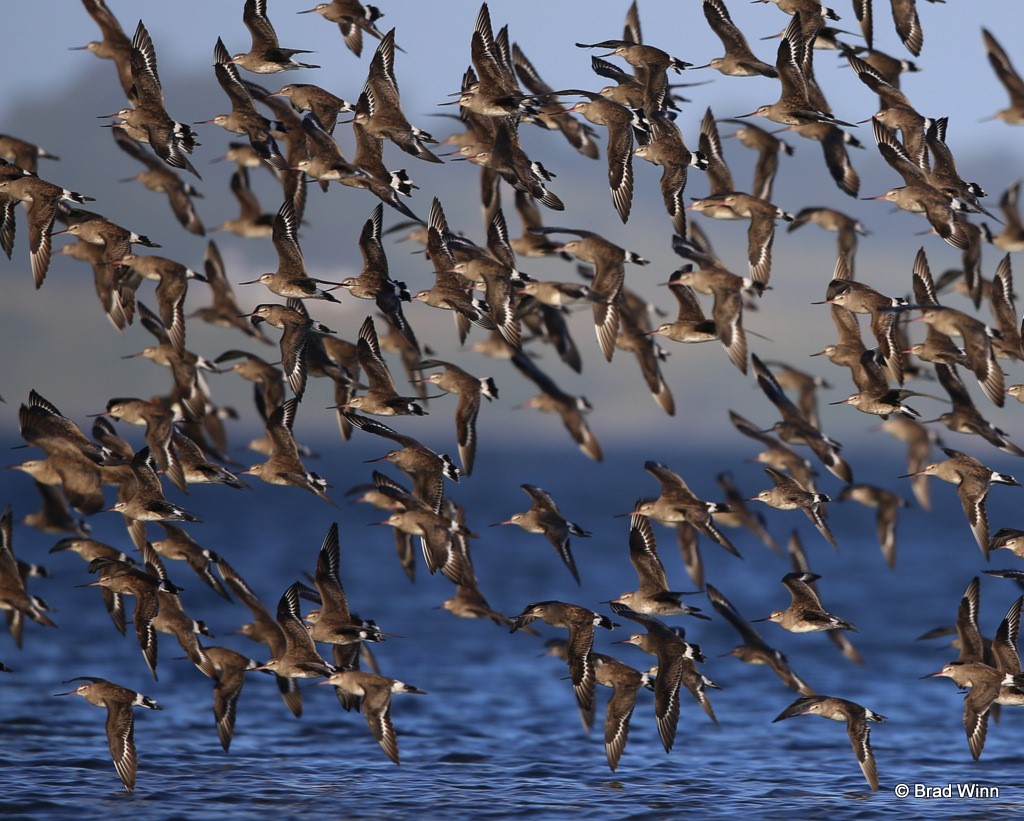
The International Shorebird Survey Team
Some shorebirds nest in vast, inaccessible tundra landscapes, migrate incredible distances, and disperse into equally wide and frequently remote nonbreeding areas for much of the year. So how can anyone have a reasonable guess of the number of individuals in any of these long-distance species? How do we begin to understand how well populations of each species are doing over time? How do we find out where the most important places are for these birds that fly between continents?
These questions and many more related to understanding the basics of shorebird migration and population biology were on the mind of a young biologist named Brian Harrington at the Manomet Bird Observatory in the early 1970s. His approach to finding the answers to these puzzles established one of the longest-running citizen science projects in the world.
Manomet has monitored bird populations and migration for 50 years, beginning with our landbird banding operation that was established alongside Manomet’s inception in 1969, closely followed by seabird and shorebird research projects. These projects eventually became internationally recognized, and have played significant roles in major publications, brought together unexpected partners, and have been part of the lives of thousands of now well-established biologists and conservation professionals.
“We had no budget for the work we were doing, and I thought, ‘How can we find out where shorebirds are going using a scientific approach without any funding?’” said Harrington. “We had the idea to enlist volunteers all around the hemisphere, which was the beginning of the International Shorebird Survey.”
Brian came on as a shorebird ecologist in 1972 after already being acquainted with Manomet’s Executive Director Kathleen ‘Betty’ Anderson during his graduate work studying Sooty Terns in the Pacific Ocean. Being a native of Massachusetts, he was aware of the best places to see shorebirds in the state, including Monomoy National Wildlife Refuge and Plum Island in Newburyport. “There were certain places in the state where you could see thousands of shorebirds, and also places seemingly close by where you would see very few individuals. It seemed to me that this could have meant that there were few places where birds could feed and fatten up; places that were very precious during migration.”





 Back to all
Back to all